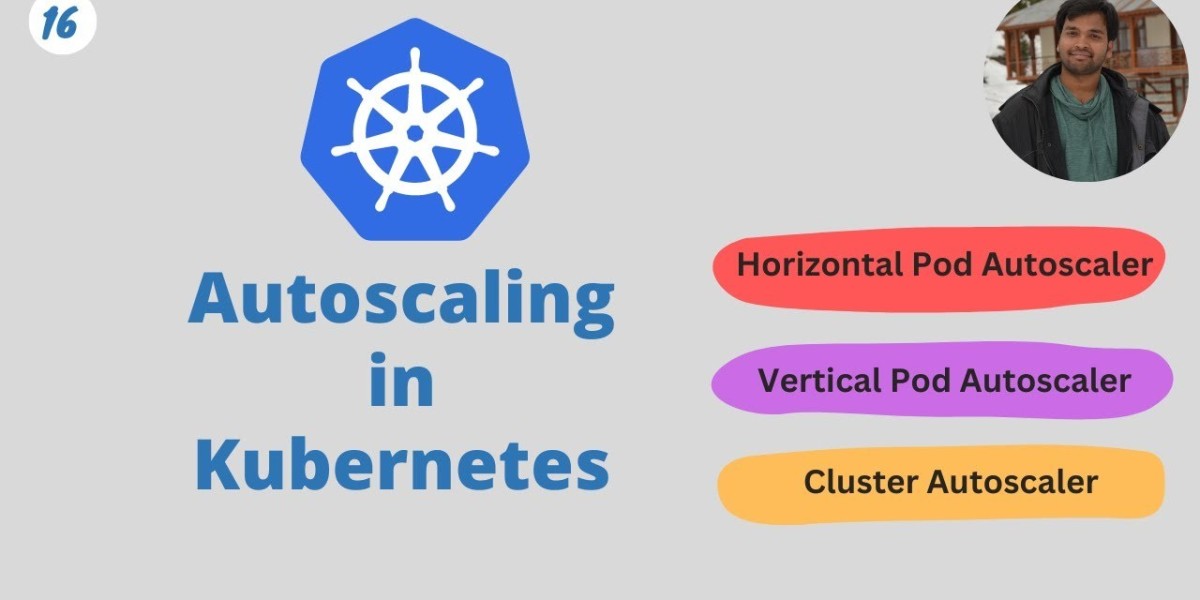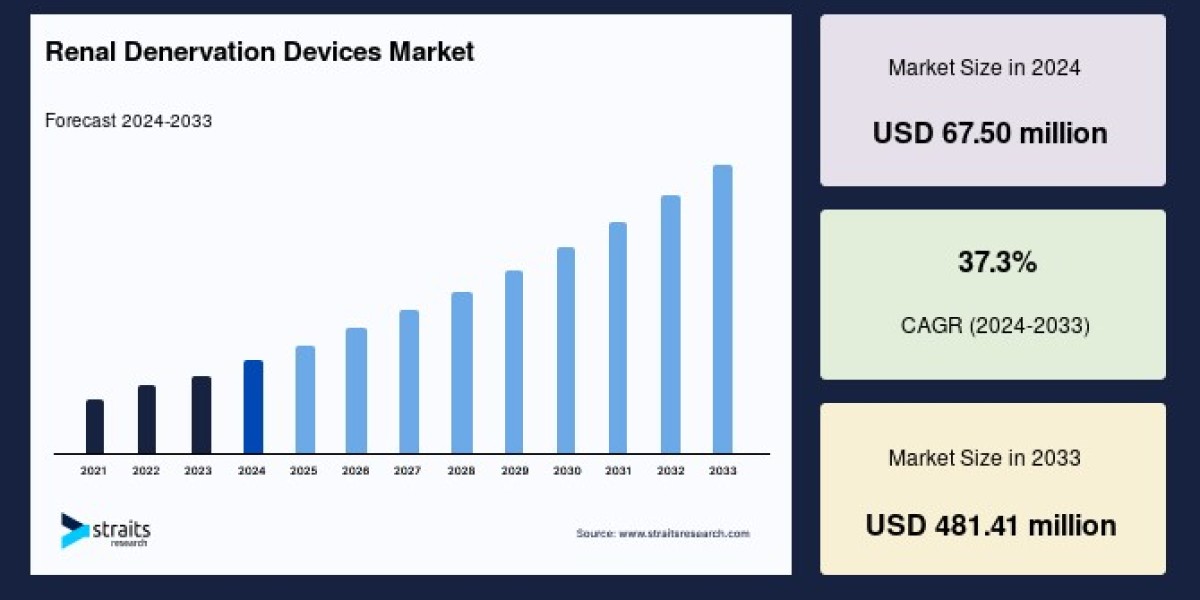Efficient scaling is at the core of any modern Kubernetes deployment. Whether you're managing workloads for a startup or a large enterprise, the ability to dynamically add or remove infrastructure resources ensures you stay cost-effective without compromising on performance. When it comes to scaling Kubernetes nodes, two prominent solutions often come up: Karpenter vs Cluster Autoscaler. Both aim to achieve the same goal—automatic node provisioning based on workload demands—but they take fundamentally different approaches.
This post breaks down the key concepts behind each tool, highlights their advantages and limitations, and offers guidance on which solution might be right for your environment.
Understanding the Basics: What Is Node Autoscaling?
In Kubernetes, autoscaling usually refers to the automatic adjustment of compute resources. This can happen at the pod level (via the Horizontal Pod Autoscaler) or at the node level—when there aren’t enough resources to schedule pending pods. Node-level scaling ensures that your Kubernetes cluster always has the necessary capacity to run workloads without overprovisioning.
Autoscaling nodes involves either launching new machines when resource demand grows or terminating idle ones when demand decreases. Kubernetes doesn’t handle this job on its own—external tools are needed to manage the lifecycle of these nodes. That’s where Karpenter and Cluster Autoscaler come into play.
Cluster Autoscaler: A Proven, Traditional Solution
Cluster Autoscaler is one of the oldest and most widely adopted Kubernetes autoscaling tools. It was developed by the Kubernetes community and supports a broad range of cloud platforms, including AWS, Google Cloud Platform, and Azure.
Cluster Autoscaler operates by interacting with cloud-managed node groups—such as AWS Auto Scaling Groups or GCP Managed Instance Groups. It continuously monitors the cluster for unschedulable pods. When it detects that existing nodes don’t have enough capacity, it requests that the cloud provider add more nodes to the cluster. Similarly, when it finds underutilized nodes that aren’t running important workloads, it attempts to scale them down.
While stable and reliable, Cluster Autoscaler depends heavily on the structure of the node groups. The user must predefine instance types and scaling limits, which can lead to inefficiencies if not carefully configured.
Karpenter: A More Dynamic Approach
Karpenter, introduced by AWS, takes a different path. It removes the need for predefined node groups and instead works directly with the Kubernetes scheduler and the cloud provider’s compute API to launch instances that exactly match the pod requirements.
When Karpenter notices a pending pod due to a lack of capacity, it calculates the optimal node specifications in real time—considering CPU, memory, architecture, and other constraints—and provisions that node almost immediately. It can also intelligently choose between on-demand and Spot instances, depending on your configuration.
This real-time decision-making enables faster scaling, reduces waste, and gives engineering teams more flexibility. It’s especially useful for dynamic workloads and cost-sensitive environments, where instance diversity and right-sizing are essential.
Karpenter vs. Cluster Autoscaler: Which Is Better?
At this point, it's natural to ask: Karpenter vs. Cluster Autoscaler—which one should you use? The answer depends on your infrastructure, team experience, and specific needs.
Karpenter excels in dynamic environments. It provides rapid scaling, intelligent instance selection, and doesn’t require static node group definitions. This is ideal for teams using AWS who want fine-grained control over instance types and pricing models, especially when combining on-demand and Spot capacity. Because Karpenter provisions nodes directly through the EC2 API, it reacts more quickly to workload demands compared to Cluster Autoscaler, which relies on the slower mechanics of scaling predefined node groups.
Cluster Autoscaler, on the other hand, is well-suited for teams that prioritize stability and multi-cloud support. It’s a mature tool with strong community backing and integration across all major cloud platforms. It performs well in environments where workloads are predictable and node groups can be carefully planned. Additionally, for teams already using auto-scaling groups, Cluster Autoscaler may be easier to implement initially, as it requires fewer changes to your infrastructure design.
Real-World Use Cases
If you're running a high-volume SaaS platform on AWS with rapidly fluctuating usage patterns, Karpenter is likely the better fit. Its ability to respond instantly to load spikes and provision cost-efficient nodes can make a noticeable difference in both performance and budget.
If you're managing multiple clusters across different cloud providers and need a unified autoscaling strategy, Cluster Autoscaler is a safer bet. It offers consistent behavior and is battle-tested in many production environments.
In some hybrid cases, organizations choose to run both tools: using Cluster Autoscaler for managing base infrastructure and applying Karpenter to handle burst scaling for highly variable workloads.
Final Thoughts
Choosing the right autoscaling tool can have a direct impact on your Kubernetes performance, cost efficiency, and operational complexity. Both Karpenter and Cluster Autoscaler are capable tools with their own strengths and limitations.
Karpenter is innovative, fast, and optimized for flexibility—especially for AWS users seeking maximum efficiency and control. Cluster Autoscaler is robust, proven, and ideal for environments where stability and cross-cloud compatibility are key.
Ultimately, the best approach is to evaluate your workload patterns, infrastructure provider, and team’s expertise. Whichever path you choose, ensuring your Kubernetes cluster can scale gracefully and efficiently is a foundational step toward reliable cloud-native operations.






